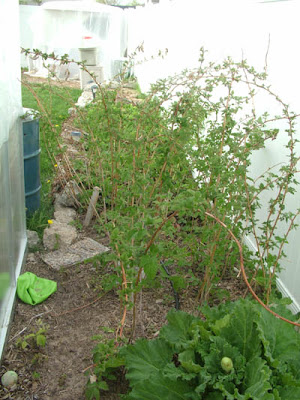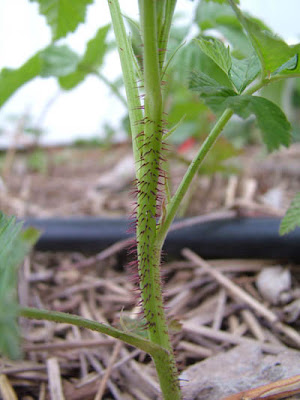Fermentation Friendly Home(stead)
Yes, I think I can safely say that we are a fermentation friendly home(stead).
We've made home-made lacto-fermented sauerkraut, traditional sour brine pickles and pickled corn,
We've grown Lactobacillus cultures to ferment milk into yogurt,
We've brewed our own beer,
We've kept our sourdough starter as a member of the family for nearly the last three years.
Now... well now it's time to welcome "Mother" home.
I'm talking about a Mother SCOBY for kombucha of course. If you're not familiar with what Kombucha is, it's a fermented tea that many claim has many healthful properties. I cannot speak to that yet, but it is a good tea from what I've had of it... good enough to try making some on my own! My kids really seem to enjoy what we've had of it; we've tried a few different varieties from our local health food store.
The first thing we needed to do was to start a SCOBY of our own. SCOBY is an acronym for Symbiotic Colony of Bacteria and Yeast. It contains the different bacteria and yeasts that consume the sugars in in the sweetened tea and create the acids and bubbles that are indicative of good kombucha. There are places, I'm told, where one can purchase a Mother SCOBY, but me being me, I had to try to start on on my own. This is a bowl of tea that I made from Jasmine Flower Green tea and added about a third of a bottle of RAW kombucha that had a small piece of culture starting in it. This little piece was about the size of a quarter and I hoped it would have enough of the live micro-organisms and yeasts to start a new SCOBY.
This is a bowl of tea that I made from Jasmine Flower Green tea and added about a third of a bottle of RAW kombucha that had a small piece of culture starting in it. This little piece was about the size of a quarter and I hoped it would have enough of the live micro-organisms and yeasts to start a new SCOBY. I left it, covered with a towel, for about ten days on top of my refrigerator and it bloomed very nicely... for lack of a better definition.
I left it, covered with a towel, for about ten days on top of my refrigerator and it bloomed very nicely... for lack of a better definition.
Here you can see the new home that I moved it over to this weekend. It's a two-gallon FOOD GRADE plastic bucket. I brewed a large batch of the same Jasmine Green Tea and sweetened it with about a cup and a half of sugar. To that I added about a cup of the tea from the small batch that I used to grow my new Start and slid the new SCOBY start into it.
It's a two-gallon FOOD GRADE plastic bucket. I brewed a large batch of the same Jasmine Green Tea and sweetened it with about a cup and a half of sugar. To that I added about a cup of the tea from the small batch that I used to grow my new Start and slid the new SCOBY start into it. And here's the new SCOBY that I have so far. It's darker than most that I've seen, but it's also just started. My hope is that as the new "daughter" SCOBY grows it will form the typical whitish cellulose SCOBY that I've seen before.
And here's the new SCOBY that I have so far. It's darker than most that I've seen, but it's also just started. My hope is that as the new "daughter" SCOBY grows it will form the typical whitish cellulose SCOBY that I've seen before.
So then, I know some of you have made these before, can you tell me if I'm on the right track? How's it looking so far. With any luck, I think that in the next week and a half or so I should be able to drink it!
Are you a fermentation friendly home(stead)? I'm thinking I need to come up with a neat little side bar banner for that? what do you think?
Well, best to you... till next time.
P~





















